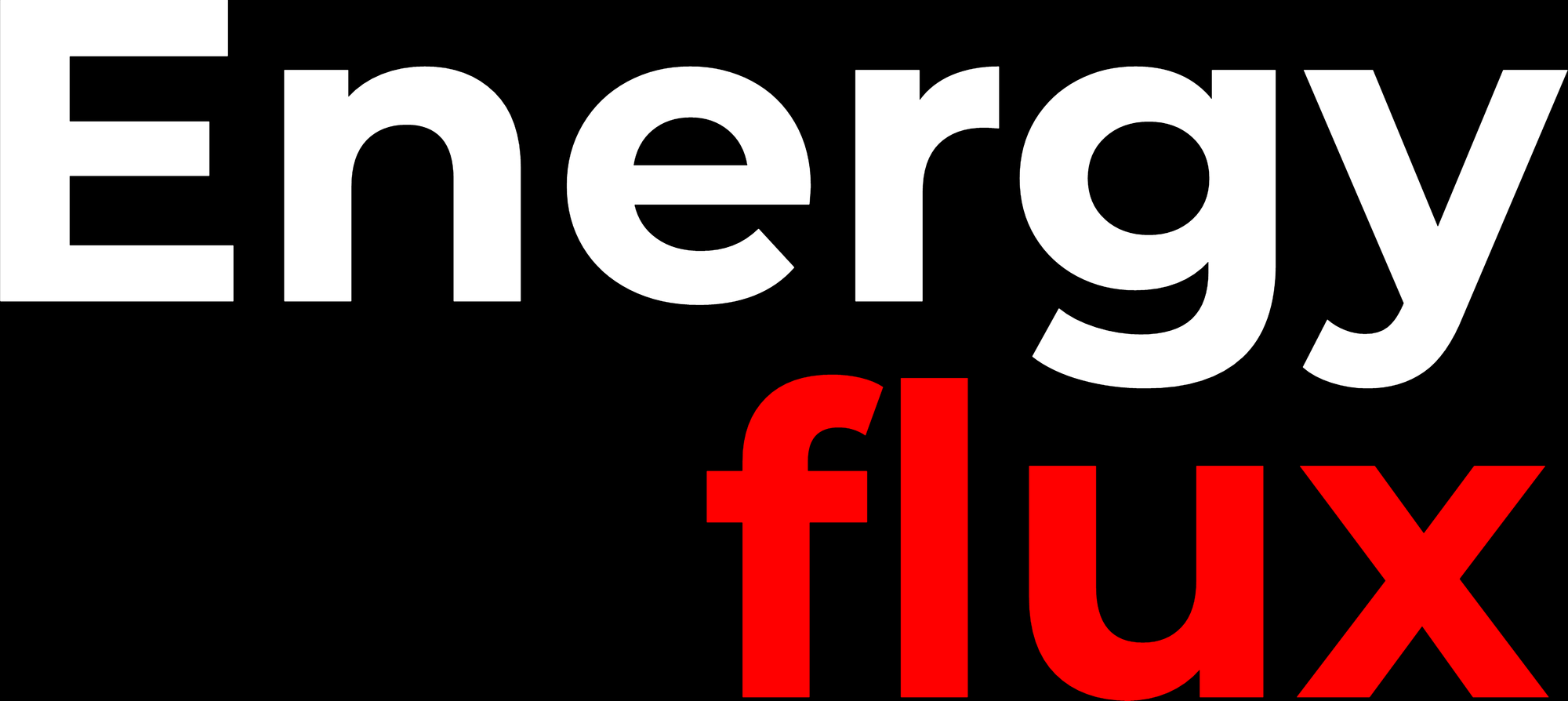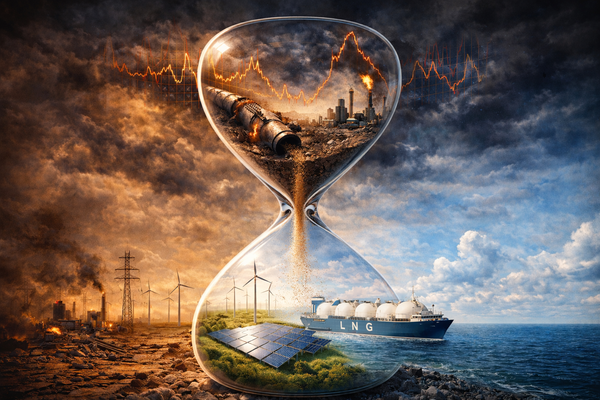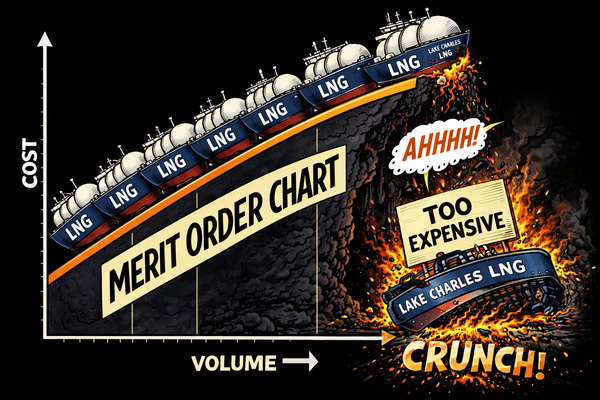EU powerless to tame prices 💥 UK energy crisis deepens
Plus: Expensive gas = expensive hydrogen, scarcity erodes trade barriers, bitcoin ‘revolutionising’ energy + MORE


Member discussion: EU powerless to tame prices 💥 UK energy crisis deepens
Read what members are saying. Subscribe to join the conversation.





